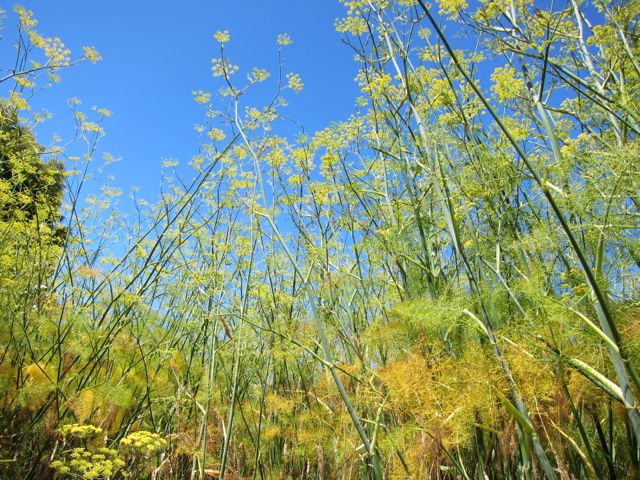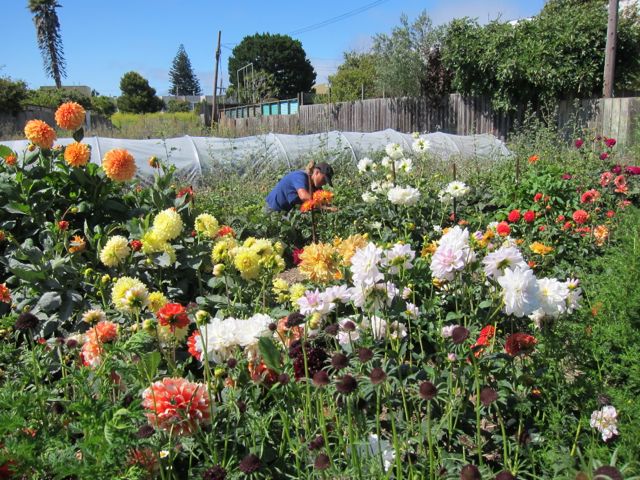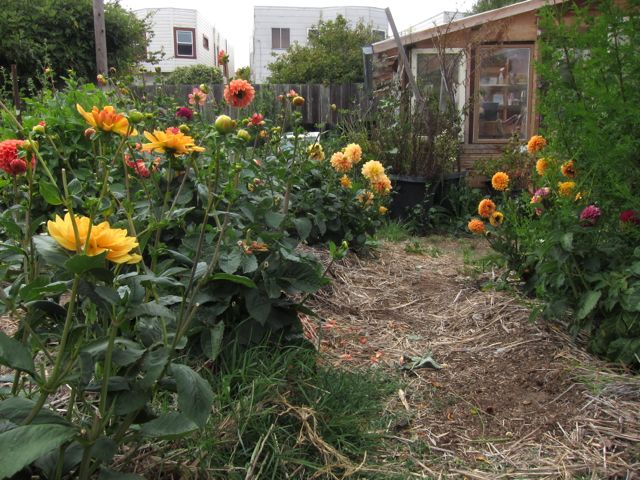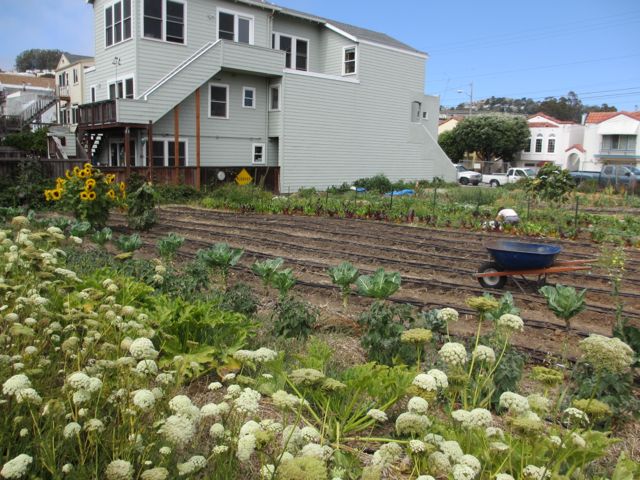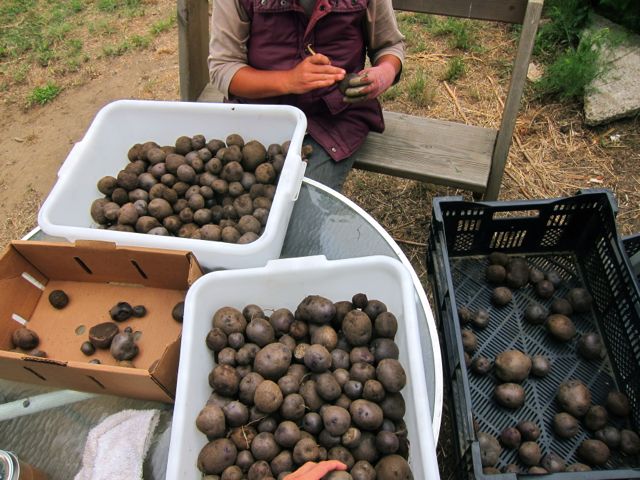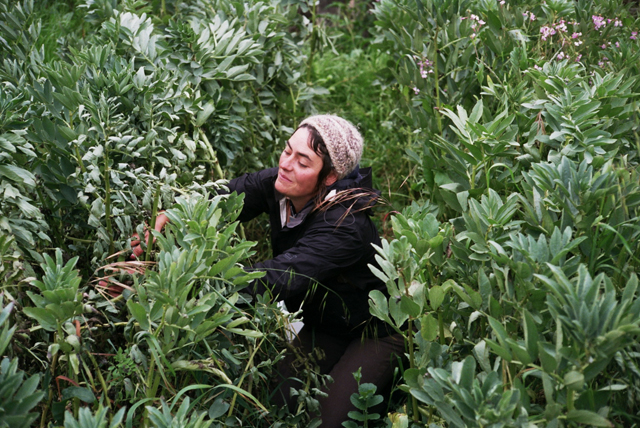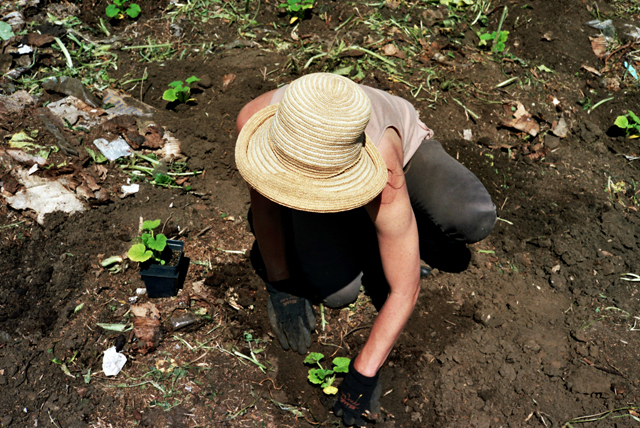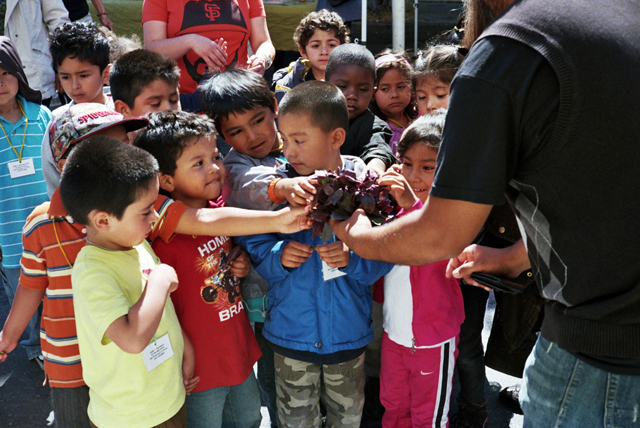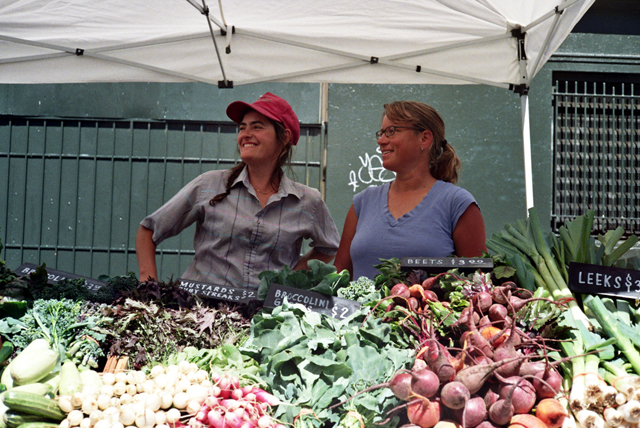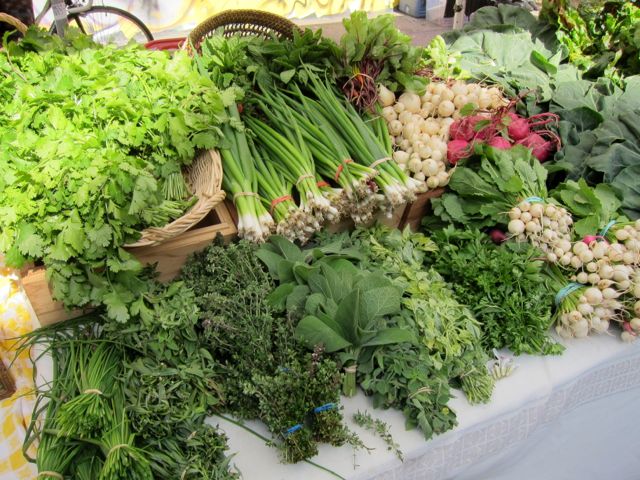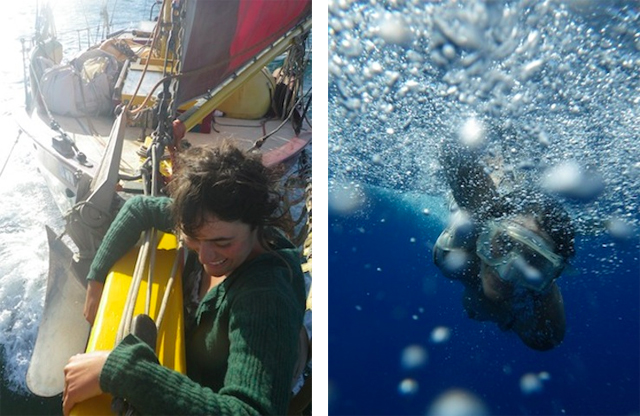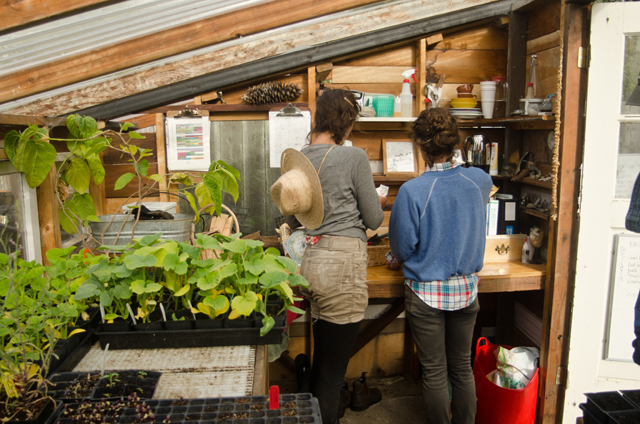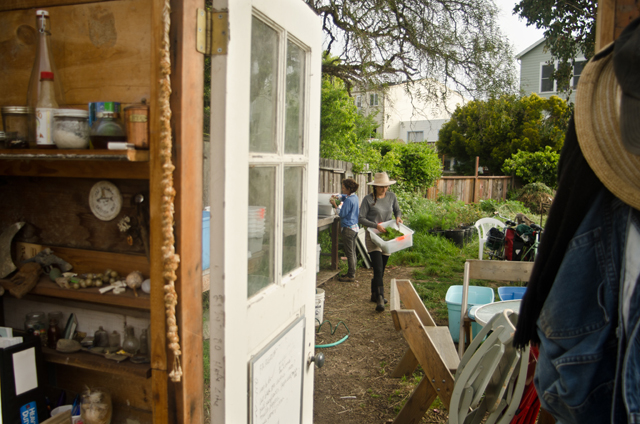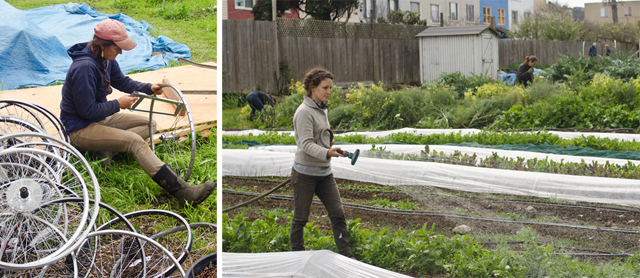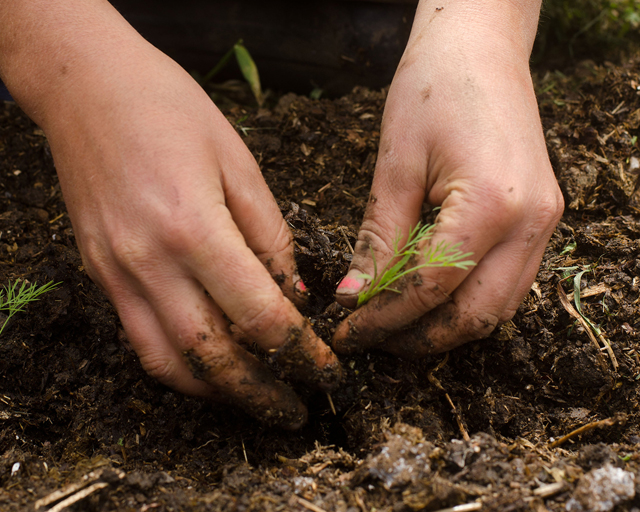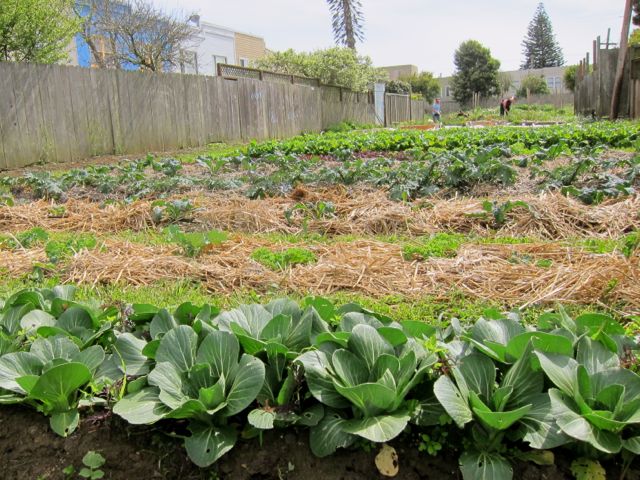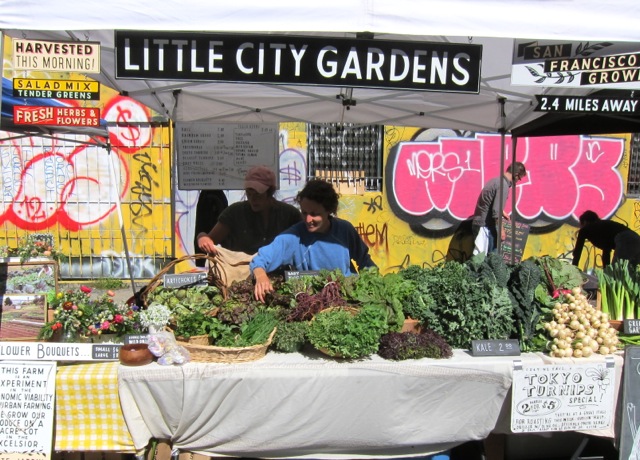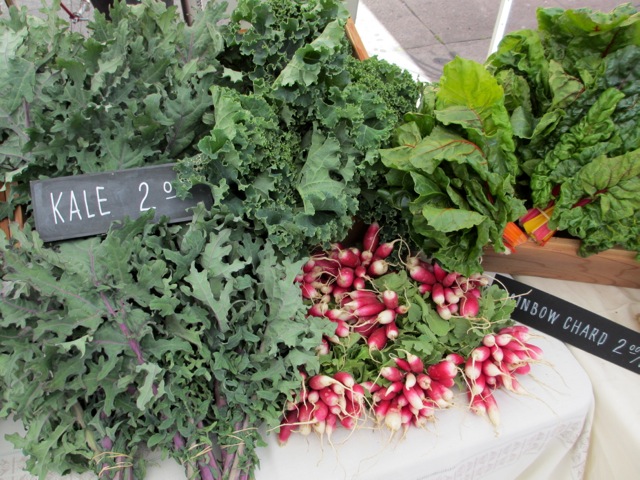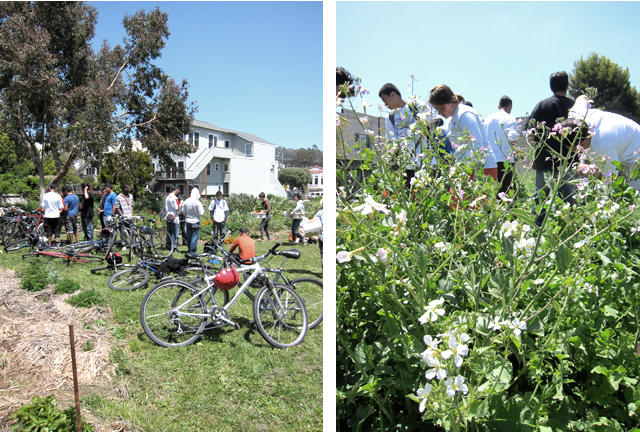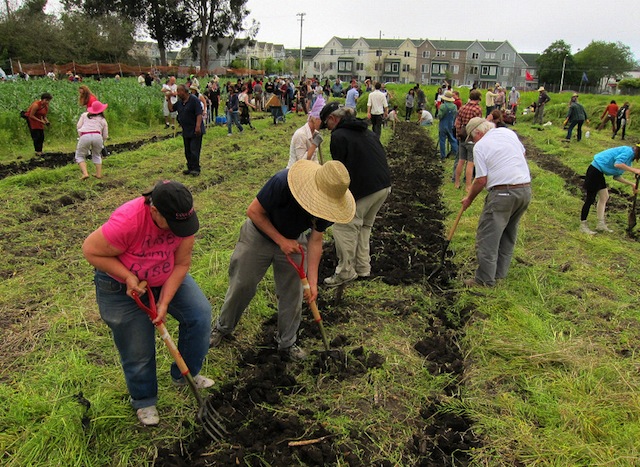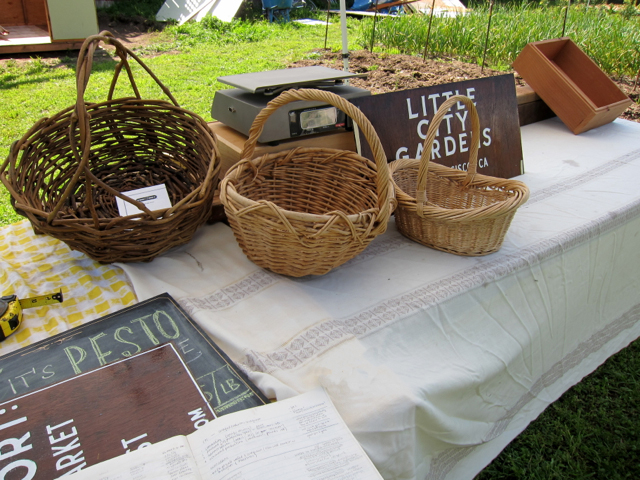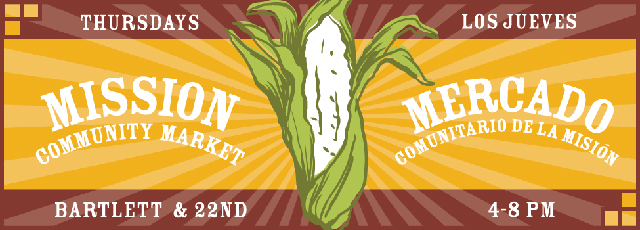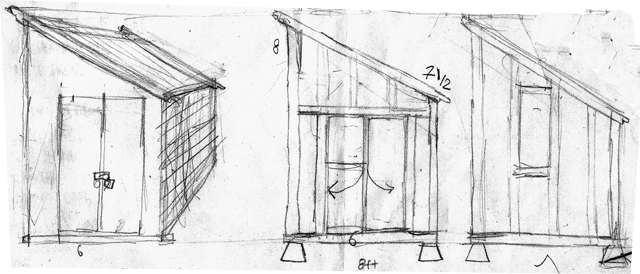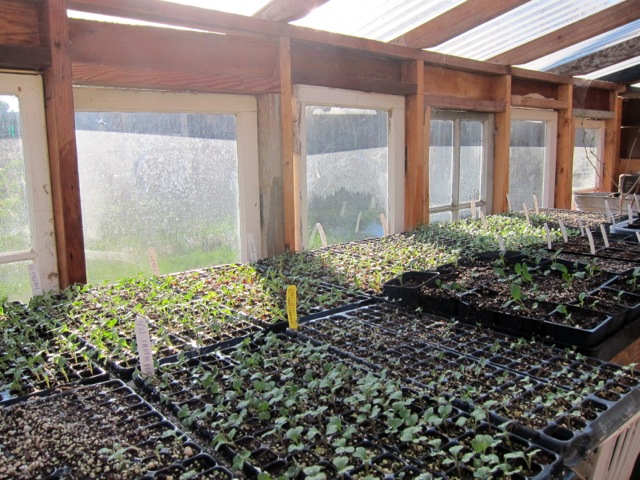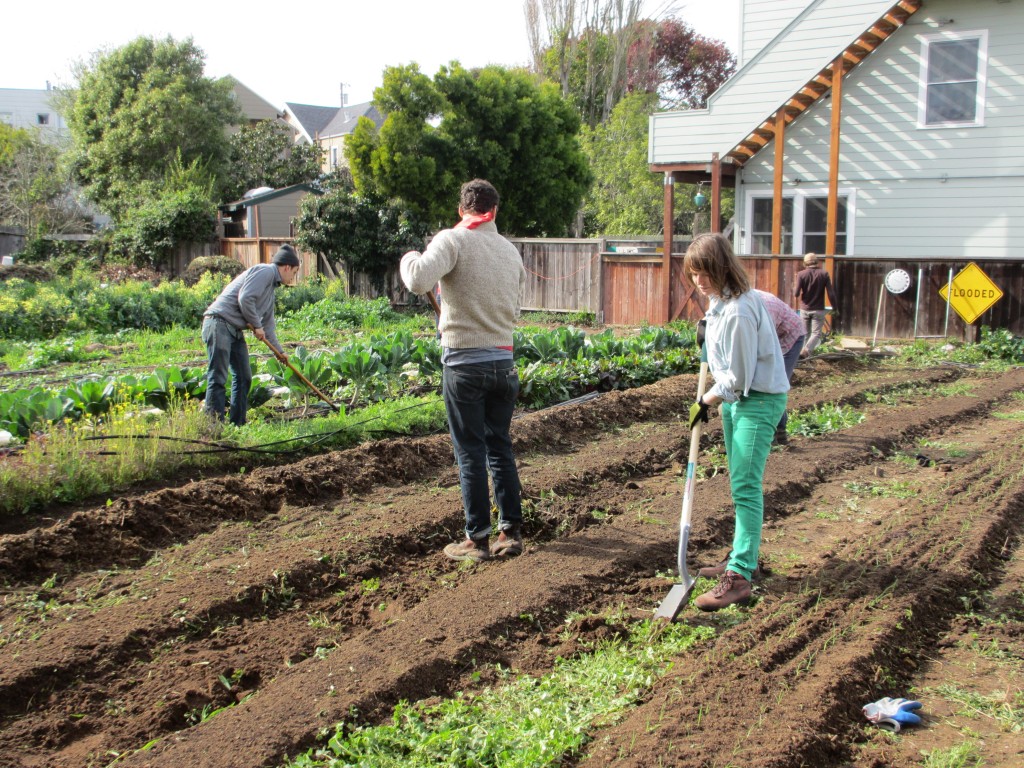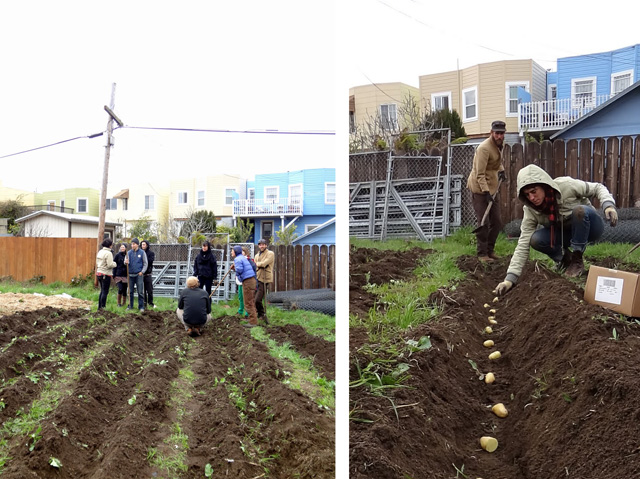we’re still here
September 17th, 2012 by caitlynAs Brooke summed up nicely, we’re taking the necessary time to reevaluate our schedule right now and determine direction and priorities for the upcoming Fall/Winter/Spring. This past season brought us around to some important realizations about balance and pace and expectations, and we’re relieved to be able to loosen our rigid routines, reflect and reconsider.
But, while we do this, we’re still here. We’re steadily growing and actively thinking. Throughout these past couple of summer months while Brooke was away on vacation and I took on a lighter schedule, Heather and I continued to put in some long days at the farm — keeping up with weeds that never stop, watering and maintaining perennials, tending to and harvesting the few crops leftover from early summer, bringing in truckloads of mulch to prepare our Fall brassica beds, and generally making sure that the farm would be alive and waiting for us when we were all ready to dive back in together. Brooke and I thought hard during this time about what kind of changes we’d like to make in order to keep this project realistic and healthy, trading emails and brainstorms while she was away about what our needs are, what we are still inspired by and what kind of potential we see. These past couple months have been quiet but, for Brooke during her adventures and for me (and Heather! and Joel and Bob) holding down the fort at home, they’ve been anything but idle.
In early August, I gave a farm tour and brief presentation to a group of gardeners in town for a conference. I began with the usual summary of how this project started, how we found this land, and the ways in which farms in cities make so much sense. I used words like experiment to describe the founding goal of this project, and talked honestly and openly about the fact that we don’t yet know for certain that this farm, in it’s current form (and in this expensive city) is economically viable. Although the discussion veered into an outpouring of overwhelming and unsolicited advice (not uncommon when we use words like experiment), through listening to my own words I reminded myself that this farm is indeed a forever work in progress, as most farms are. While we make keen observations about soil building methods or seed germination rates or timing of crop rotations, we will also inevitably need to stop and take note of what makes sense for us emotionally and physically and how we need to change our routines accordingly. That’s what we’re in the middle of right now. This project continues to evolve.
And for some farm news. One thing that has been amazing and steady this summer is our stunning dahlia show! For the past two months, the profuse blooms have been like a fireworks display, particularly on our foggy days when the light is grey and the flowers’ colors seem electric. I can’t believe these things are real. Either bundling them alone or together with the strawflowers, chamomile, scabiosa, and carrot flowers that we’ve also had in abundance has made for some spectacular bouquets, and we sold some to restaurants and took home plenty to share with neighbors and friends. I’ve really enjoyed growing cut flowers at the farm and look forward to doing more of it year round.
We also harvested a great crop of potatoes a couple weeks ago, and our kale, broccolini, and collard starts are in the ground. We’re currently maintaining small but solid weekly restaurant sales, but we’ve put our farmers market sales on pause for the rest of the year. We’re mapping out our Fall plans as we evaluate how well these new seedlings take and how germination goes for this next round of seeding. These observations will allow us to finalize whether or not we will have a Fall CSA, for example, and how much we’ll need to increase our restaurant sales accordingly. We’ll be making a lot of decisions over the coming weeks and months and we’ll try our hardest to keep you all posted.
